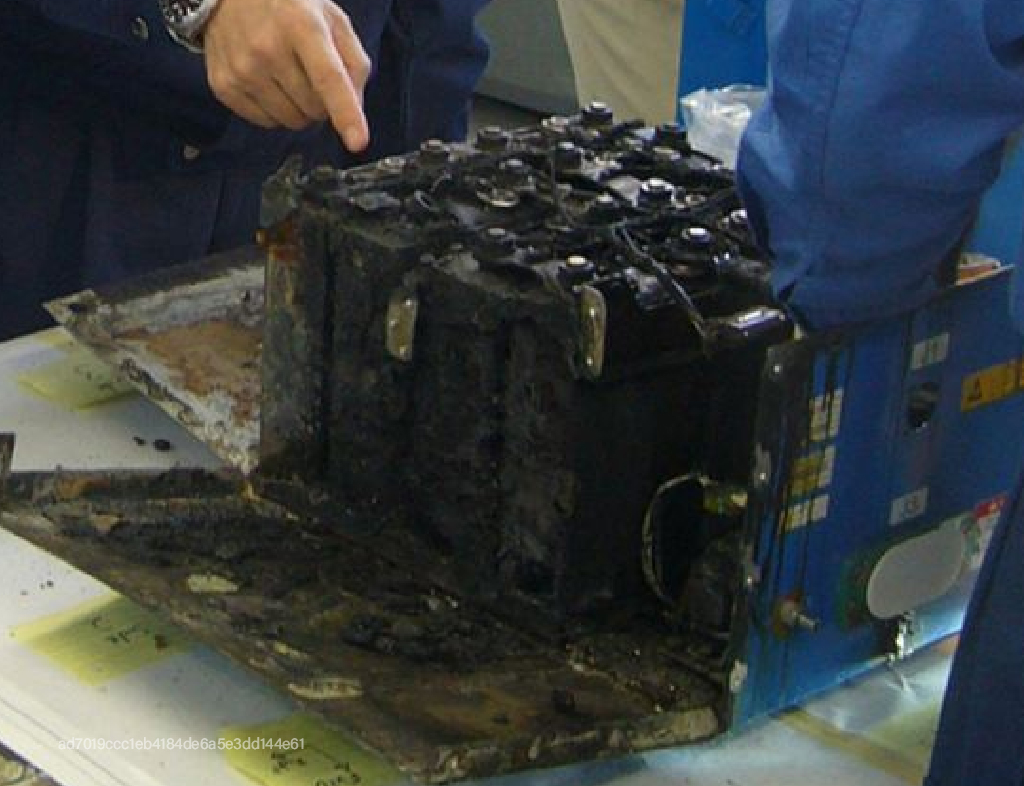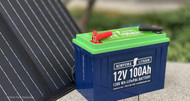BATTERY MOUNTING – THE DO’S & DON’TS
30th Nov 2023
The way a battery is mounted is critical to both its functionality and longevity. The incorrect mounting of batteries can lead to significant damage such as leaks, malfunction, and poor performance. Whether it is a car, motorcycle, boat, or solar system battery, it is essential to adhere to some dos and don'ts while mounting the battery. Here, we will provide the tips that ensure your battery performs at its optimum while preventing any damage.

The Do’s of Battery Mounting
1. Secure the Battery Firmly:
A loosely fitted battery is a significant risk. It can move around during the operation of the vehicle or device, causing disconnections or internal damage. Therefore, use brackets, clamps, or a battery box to secure the battery in its position.
2. Follow Manufacturer’s Instructions:
Different types of batteries require unique methods for mounting. Thus, make sure to follow the manufacturer’s guidelines to prevent voiding the warranty or causing damage to the battery.
3. Ensure Ventilation:
Lead-acid batteries, particularly those that are flooded, release gas during operation. Proper ventilation is, therefore, required to prevent the build-up of these harmful gases.
4. Protect the Battery:
To increase battery life and maintain optimal performance, ensure that the battery is well protected from physical damage, moisture, extreme temperatures, and corrosion.

The Don’ts of Battery Mounting
1. Ignore Battery Orientation:
Some batteries can only be mounted in a specific orientation. Inverting or side mounting a battery that should be upright could cause a spill or a short circuit. Always check and follow the manufacturer's recommendation on the battery orientation.
2. Over Tighten the Battery:
Over-tightening the battery can damage the terminals or case and result in leakage. This not only decreases battery life but also increases the risk of future damage.
3. Use Metal Objects Near Battery:
When installing a battery, avoid using any metallic object that could bridge the two terminals. This can cause a short circuit, potentially resulting in severe damage.
4. Expose the Battery to Heat:
Heat speeds up the chemical reactions in batteries and can lead to battery failure or decreased lifespan. Try to mount the battery away from heat sources and in a place where it can get proper cooling.
In conclusion, the proper mounting of a battery is not a task to be taken lightly. A wrongly installed battery could cause substantial harm and is a significant risk factor. Following these basic do's and don’ts while mounting a battery will not only improve your battery's life and efficiency but also keep you safe.
Be Wise, Go Solar!
